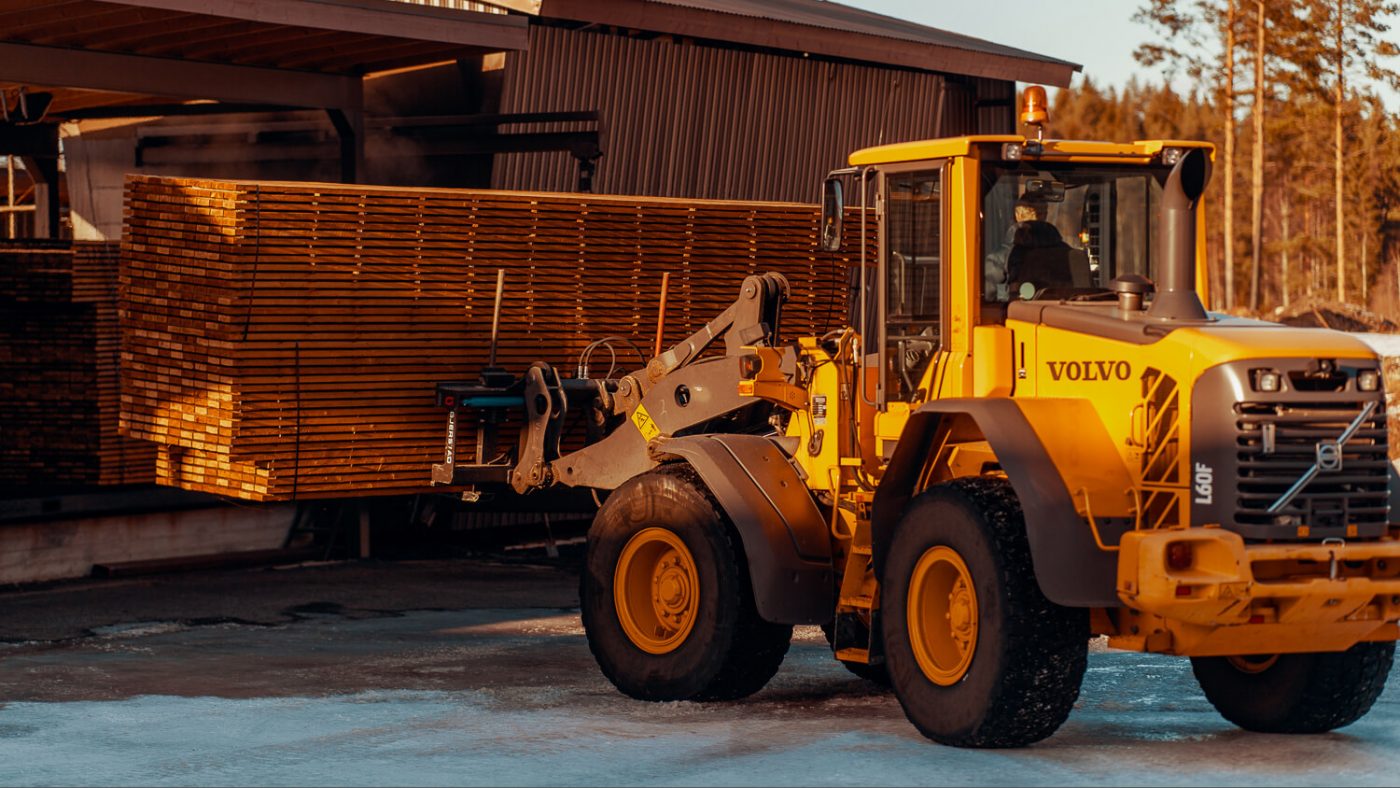Thermo Wood
Thermowood Production Process
New process technology developed in Finland has taken heat-treated wood to a whole new level. Modern technology is the key to manufacturing high and appropriate quality of heat-treated wood. The production method is efficient and completely environmentally safe. Supply chain and logistics management, from the wood production stage to the final product processing, ensures high quality. With the help of their raw material suppliers, manufacturers seek to select the most suitable types of wood for various end products. Basically four types of wood are used: Northern pine and spruce, Radiata pine and Canadian ash. Most of this production is exported to other parts of the world. Its main clients include wood business retailers, prefabricated house manufacturers, interior decorators, architectural bureaus, construction companies and furniture manufacturers.
Heat treatment of wood
The entire wood treatment process from drying to final wetting of the wood was integrated to form one flexible continuous process sequence. Effective work ensures the quality of the final product. The various stages of the process are optimized for the particular characteristics of the wood and the requirements that the final product must meet. The parameters of each batch to be processed are described and used in conjunction with other empirical knowledge of further processing techniques. This allows controlling and continuously achieving the right quality of heat-treated wood under different circumstances and further changes.
The production process of thermowood products consists of 6 access tunnels. In the first three tunnels, the cut wood is dried and prepared for the heat treatment step, which is carried out in the fourth tunnel. The last two tunnels are used to cool, irrigate, ventilate and finalize treated wood. After heat treatment, the wood treatment is continued in the internal units under appropriate pressure for 24 to 48 hours, and the following steps begin. Adding the finishing strings to the quality does so by avoiding haste and controlling the process while taking into account the natural properties of the wood.
This continuous action process has shown that there is considerable potential for energy savings throughout the woodworking process. The vapors released during drying and heat treatment are used for initial heating, drying and final wetting of the wood to be treated. And the vapor extracted during the process is cleaned by separating the resins and other components removed from the wood. This ensures that emissions to air and water systems are avoided. The process is environmentally friendly at every stage of production, but it does not really compromise product quality.
Thermowood production process
Thermowood modification is a clean and environmentally friendly process that improves the properties of wood. Only high temperature and steam are used in this process, which ensures that the final product will be completely natural and free of chemicals. Heat treatment enhances various properties of wood such as spatial stability, thermal insulation, rot resistance, unchanged shape and hygiene.
During thermal modification, the wood is exposed to high temperatures (+185 to + 220 ° C). Water vapor is used as a shielding gas and heat conductor, which allows the wood to be heated to a temperature above the ignition temperature of the wood. This process allows you to modify the properties of the wood that need to be modified to meet the requirements for the various uses. Process modifications allow the processing to produce exactly the properties needed for the final product.
Thermal modification of wood can be roughly divided into three phases. During the first phase, the temperature of the wood is increased and the wood is dried. The second phase involves a real thermal modification of the wood, during which the moisture content of the wood is reduced to practically zero and the temperature is at its highest. The maximum temperature and processing time are selected according to the properties desired. Finally, the treated wood is cooled and moistened to the desired level.
Heat treatment classes
The wood is produced in two standard heat treatment classes: Thermo-S and Thermo-D. The difference between these classes is the heat treatment temperature and time.
- Thermo-S
Thermo-S (stability) wood has an attractive light brown shade and has very high spatial stability. The wood is heat treated at a gentler temperature (+ 185 ° C ± 3). Thermo-S products are mainly intended for interior decoration, but can also be used in protected exterior areas.
- Thermo-D
Thermo-D (durability) wood has a darker brown tint. It has high rot durability and spatial stability. Thermo-D is thermally modified at higher temperatures (+ 215 ° C ± 3) and is suitable for both indoor and outdoor use.
Manufacturers will continue to raise the highest quality standards for heat treated wood in order to take full responsibility for the environment. To ensure this, the products we offer go through the quality chain from raw material suppliers to end users. Thermowood production does not use any chemicals, which provides a great basis for the environmental friendliness of these products. Properly used heat and steam are sufficient tools to turn thermowood into a durable and impressive building material. At the end of its life, heat-treated wood, as a pure, natural product, can be burned and converted into bioenergy or recycled.

